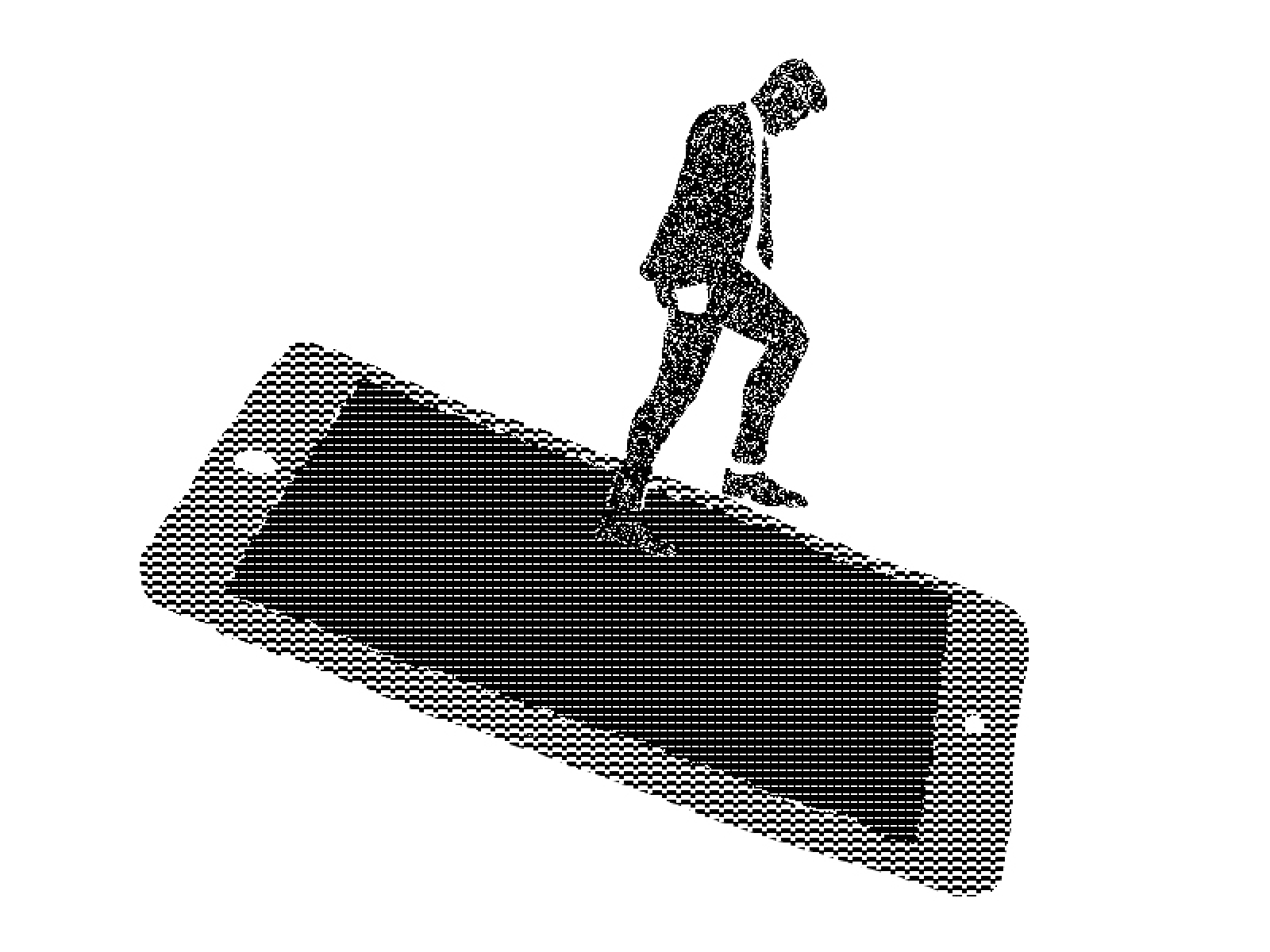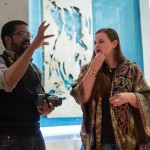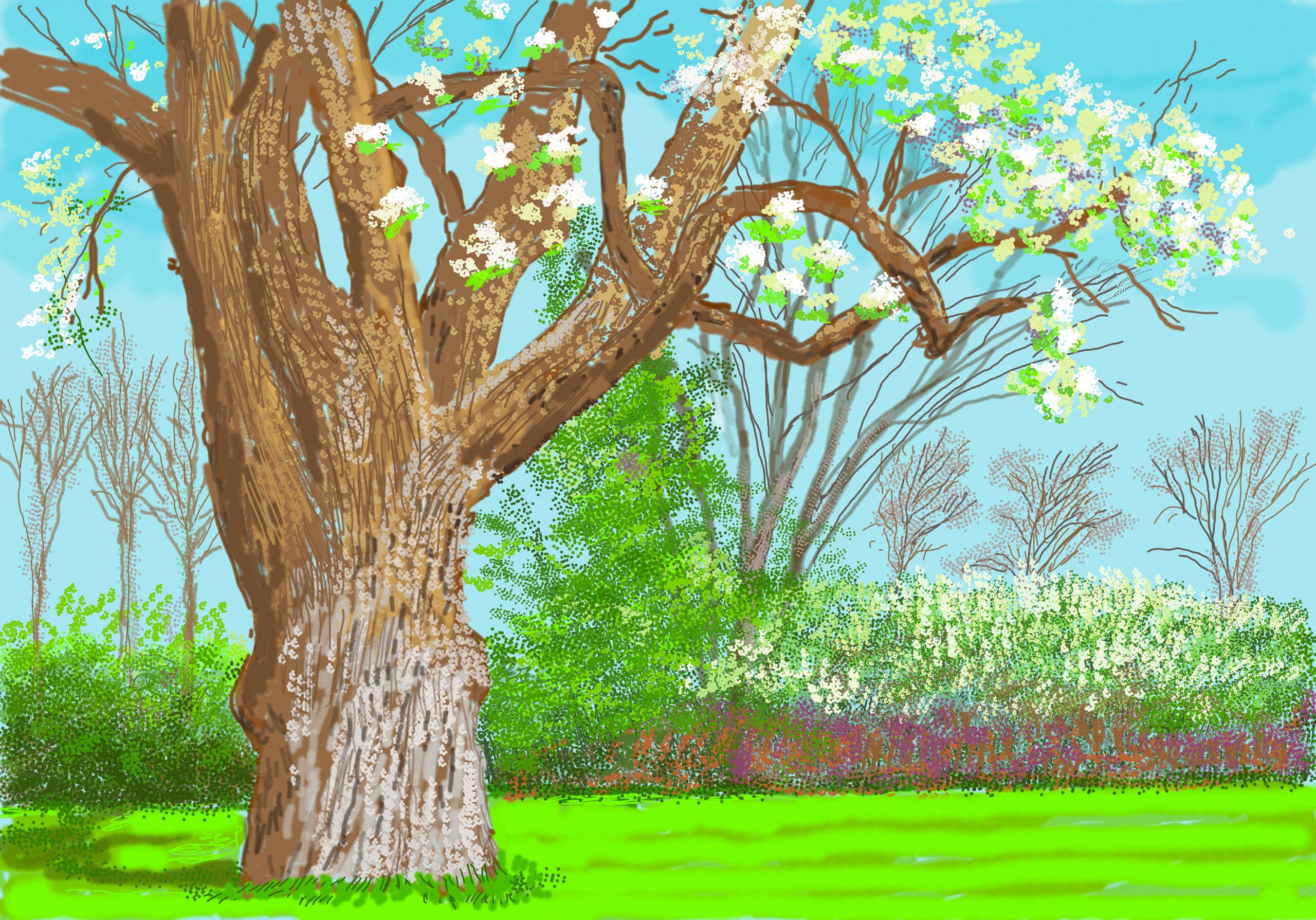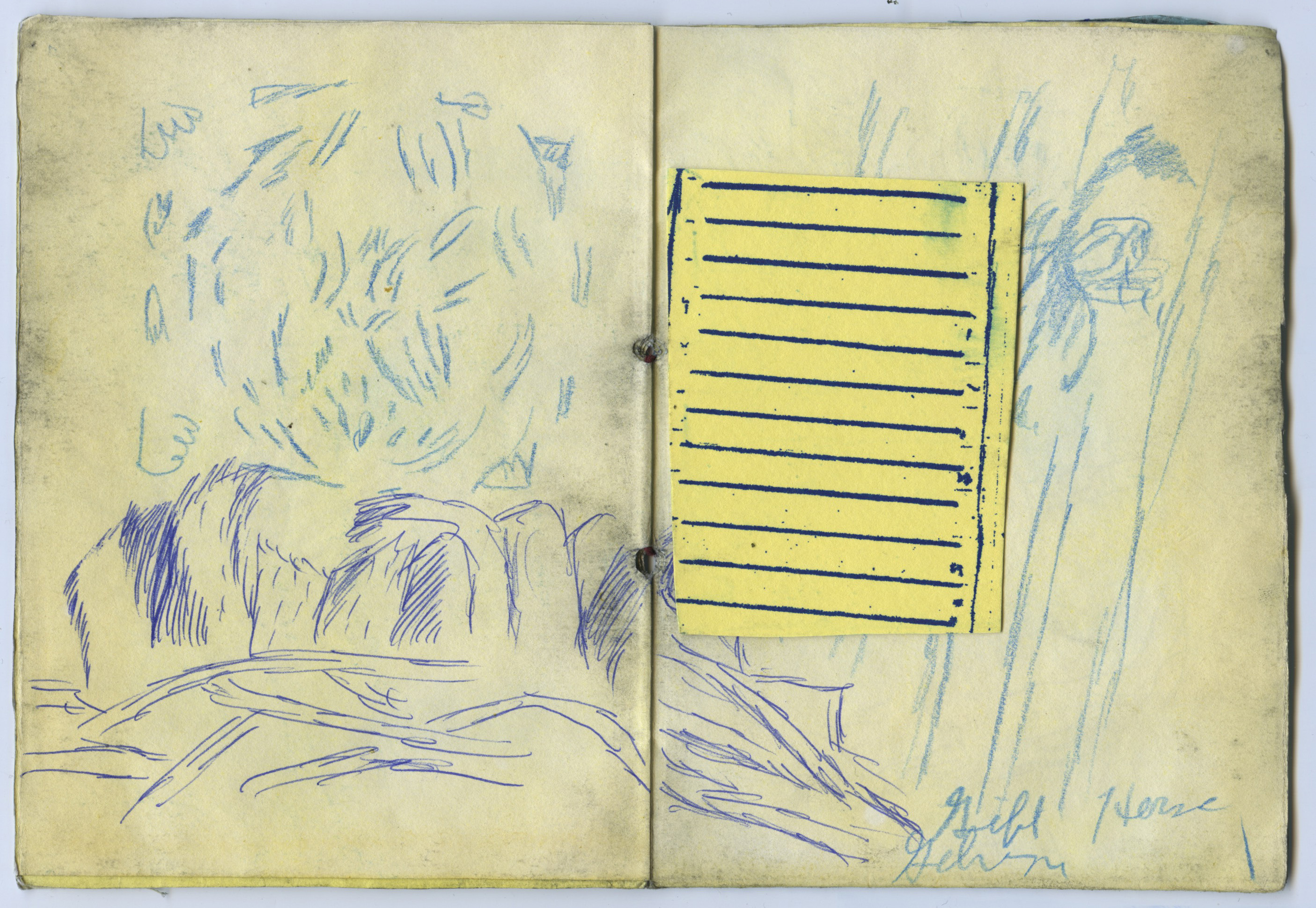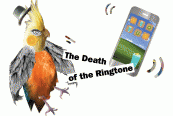With a career spanning over 50 years, David Hockney is revered for his transformative use of color, innovative technologies, and ability to work in a variety of media. Hockney continues to utilize technology as a tool in his work, perhaps in an attempt to reawaken traditional drawing methods.
For the past eight years, Hockney has been making drawings on an iPad, which are then printed large-scale using an inkjet printer. Continuing with his usual subject matter, the drawings depict nature scenes, flower-centered interiors and a smattering of portraits in saturated colors. Despite maintaining the qualities of color and devoted subject matter that characterize Hockney’s work, the drawings lack the visual and tactile richness that his previous works have.
Older generations have often not recognized the differences in quality between the iPad drawings and Hockney’s paintings, while much of the younger generation focuses solely on the use of technology. In a charming YouTube video from the Wall Street Journal walking through a comprehensive exhibition of Hockney’s work at the Royal Academy in London, the reporter mistakes an iPad drawing for an oil painting. But for those who have grown up in the digital era, the visual difference is obvious.
One of the works, “Cardigan Road, Brid.,” 2008, depicts a tree-lined neighborhood street in oranges, greens, and purples. The trees, houses, and cars blur as they move back towards the vanishing point. The translucency and defined edge of the brushstrokes are indicative of the digital tool. In art-making applications, the brush shapes are pre-determined, only giving the user control over their size. Hockney chooses the color and opacity of the brush strokes. The limited options of digital painting programs make it clear that the images produced are not done so by hand. Hockney’s use of mostly translucent colors are perhaps an attempt to mimic the layering or glazing techniques that are often used in painting.
Defining characteristically tactile media — such as painting and drawing — becomes messy with digital art applications when it comes to printing. Calling these inkjet prints “drawings” seems no more appropriate than calling lithographs “drawings.” Sure, drawing creates the image to be printed, but doesn’t the use of printing methods take it from drawing to print, primarily when editions are involved? In this case, the problem is complicated further by the fact that Hockney uses both terms in characterizing the works. The media descriptions say, “inkjet printed computer drawings on paper. Edition 25.”
The question as to whether or not these works qualify as drawings or prints may be becoming increasingly irrelevant. Perhaps it is necessary to consider the way traditional categorization of artworks do not accurately describe the digitization of traditionally hand-produced processes. In this case, the concepts of “drawing,” “inkjet print,” and “edition” may just have to coexist.
The drawings are frustrating not only because of their diluted aesthetic quality, but also because of the uncertainty of how old categorization of artistic mediums function as new techniques become established. Hockney’s iPad drawings seem like an attempt to stay caught up with the trends of art and technology.
Ultimately, the iPad drawing app lacks the endurance to stay relevant and create interesting work.

